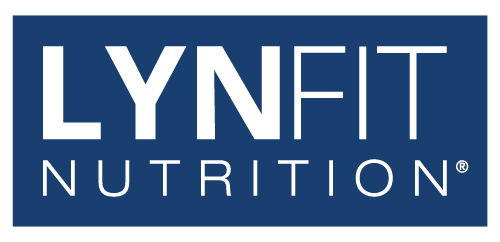News, Recipes & Workouts
Metabolic Boosting Core Walk
No time for weights? Don’t worry — this Walking Interval Workout will hit every muscle on your body. If you’re stuck in a fitness rut and your weight loss has...
Metabolic Boosting Core Walk
No time for weights? Don’t worry — this Walking Interval Workout will hit every muscle on your body. If you’re stuck in a fitness rut and your weight loss has...
The Easiest Training Schedule For Beginning Run...
HOW TO TRAIN FOR A HALF MARATHON Before starting any training for running a 13 mile half marathon distance, whether it's an organized race or on your own, you should...
The Easiest Training Schedule For Beginning Run...
HOW TO TRAIN FOR A HALF MARATHON Before starting any training for running a 13 mile half marathon distance, whether it's an organized race or on your own, you should...
